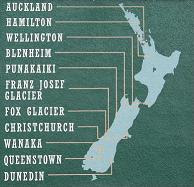Wunderful!
To be more precised, it was on one of the reefs, 2 hours off Townsville.
Do you know that blue starfish exists? Totally blue!
That's amazing. That looks unreal. A blue like the one ue-sed to paint doors and shutters on the Greek Islands. Can you see? This beautiful intense blue.
Corals are all more beautiful and surprising than the other ones. Some enormous giant clams (let say 1 metre long without exagerating), permanently half-open, filtrate water through the 2 or 3 orifices of the large purple membrane that joins the 2 half-shells.
I saw Nemo! And his brothers and sisters! As beautiful and colourful as in the anim. Always close to the anemon which he leaves in symbiosis with.
And all sorts of fish, of differents sizes and colours. More than 1500 sopecies leave on the Great Barrier Reef.
I've learned that the individuals of one species - which name I can't remember - can change sex once in their life!
The Sergent Major, paradoxally, is dressed with black and white stripes.
Each look is the source of new discoveries. It's a fascinating environment.
Just at the end of the second dive, we furtively saw a shark! Not very big and probably harmless like most of the species, but a shark!
In fact, each year, only one person in Australia and some 3 in the world die because of a shark attack. The potential danger is rather small - more people die as the result of dogs attacks.
Sorry, I don't have any good pictures of underwater.
Sorry, I don't have any good pictures of underwater.































